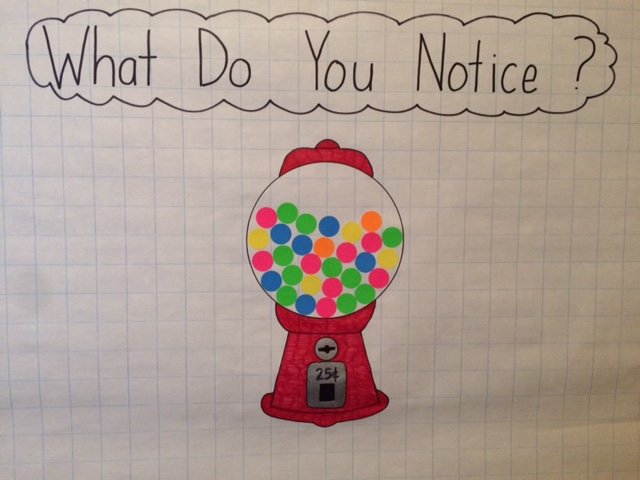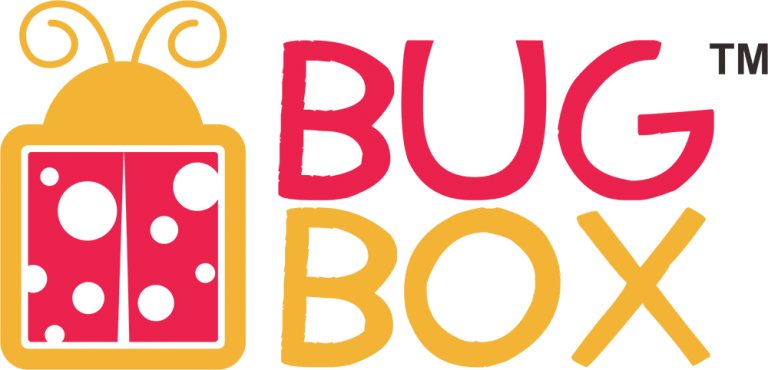What Do You Notice? Gumballs
So this was a super fun What Do You Notice? poster I created for my last Family Math Night event. Not only is it colorful, but who doesn’t like gumball machines?!

Skills:
K-2: counting, even numbers, skip counting by twos, comparison
3-5: probability, fractions, money
This is a fun one simply because of the fun gumballs and gumball machine. That said, there is still a lot of math going on. Young students can count the number of different colored gumballs. They can compare colored gumballs to see which color has the least and which color has the most. They can even count all the gumballs to arrive at a total.



